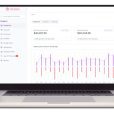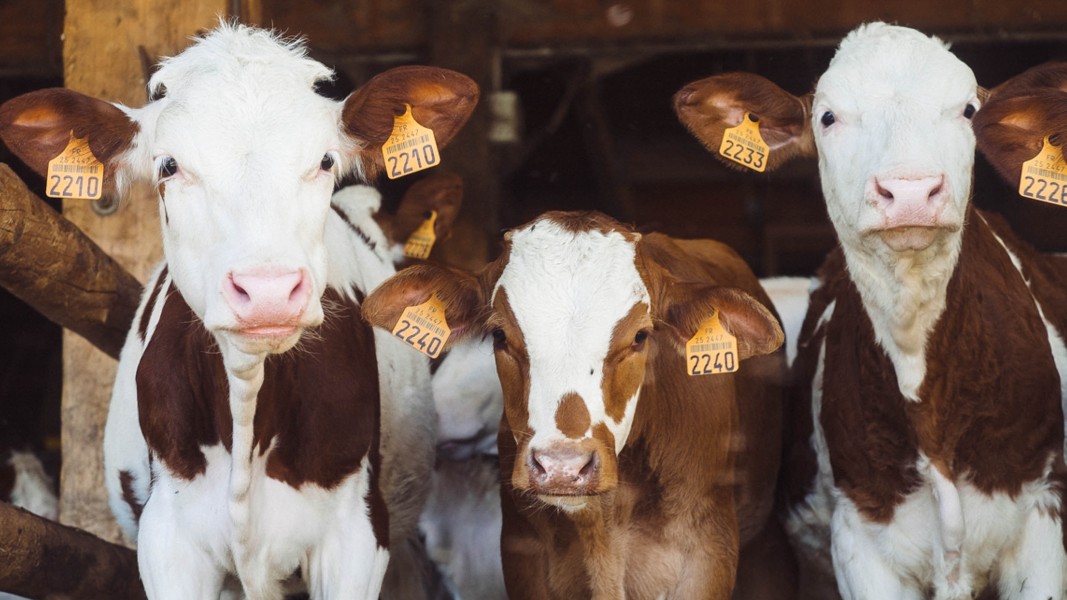The past year has cost Tasmanian food company Tasfoods (ASX: TFL) a pretty penny. In fact, the Company reported net loss after tax of $5.4 million, up nearly 300% on 1H FY21, driven by nearly all of its segments. That’s why, this quarter, it kept its focus on cost management initiatives, starting with its FY22 Strategic Reset & Operational Priorities.
Its gross margins improved by 2.7% against PCP, driven predominantly by poultry, which saw gross margins improve by 4.7%. That said, it is still reeling under inflationary pressures and reducing demand.
Macro-economic factors and lower discretionary incomes in Aussie households have had an impact on volumes sold in the quarter. The poultry business witnessed a 9.7% reduction (excluding organic impact) in kilograms sold while Betta milk volumes have reduced by 6.5% against PCP. Overall, the Company’s EBITDA declined by $3.8 million to -$4.3 million in 1H FY22.
Though Tasfoods recorded a net revenue increase for the quarter of 3.2% to $18.1 million, it also saw multiple increases in costs across the supply chain. For instance, feed costs associated with the poultry division increased by 20.4% per tonne.
Across the quarter, the volume of items sold has reduced by 9.7% against the previous corresponding period. As per its report, the decline is a consequence of the Company’s model changes as well as reduced grocery spending. Milk costs increased by 36.8% per litre as a direct result of higher farm gate prices and cream prices increased by a substantial 56%. Plus, distribution, warehousing and logistics costs increased significantly by 19.9%.
Despite these increased costs the Company experienced a gross profit margin increase of 2.7% on PCP. To mitigate the impact of high costs, it has increased its prices in hopes of breaking even and even becoming profitable.
As part of its cost cutting measures, Tasfoods closed its organic poultry operations in July 2022 and remediation work at the leased site continued during the quarter. The one-off costs associated with the closure amounted to $200k in the quarter.
While the company has begun mitigation strategies associated with freight surcharges and minimum order quantities across both its poultry and dairy divisions, the rising costs associated with this part of the business have not been completely offset.
- Ovanti’s iSentric signs contracts worth $14.4m with Malaysian commercial bank - June 27, 2024
- Baby Bunting fights back from retail downturn with 5-year strategy, includes Gen-Z focus and self-funded growth - June 27, 2024
- CLEO meets with US FDA to develop strategy for ovarian cancer test launch - June 26, 2024












Leave a Comment
You must be logged in to post a comment.